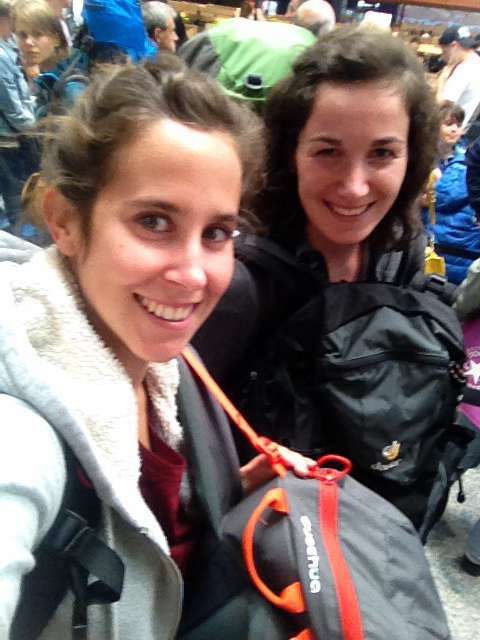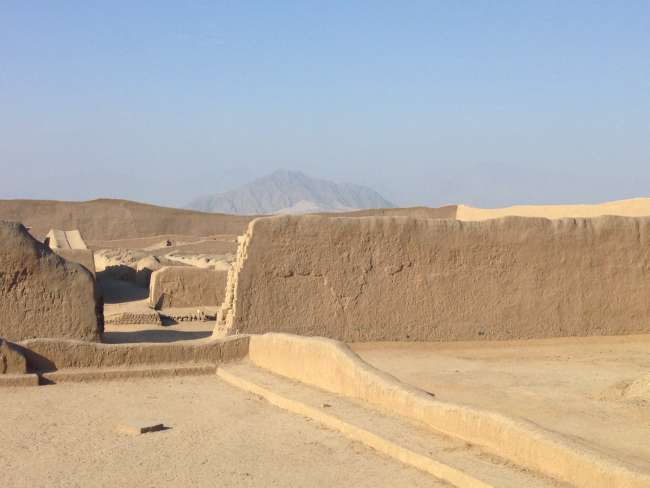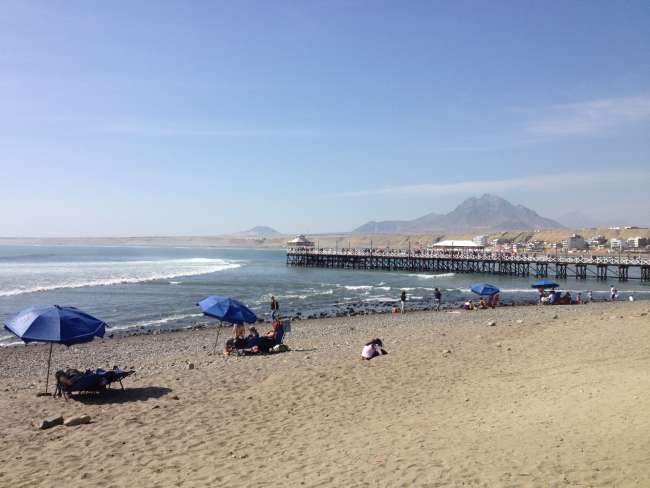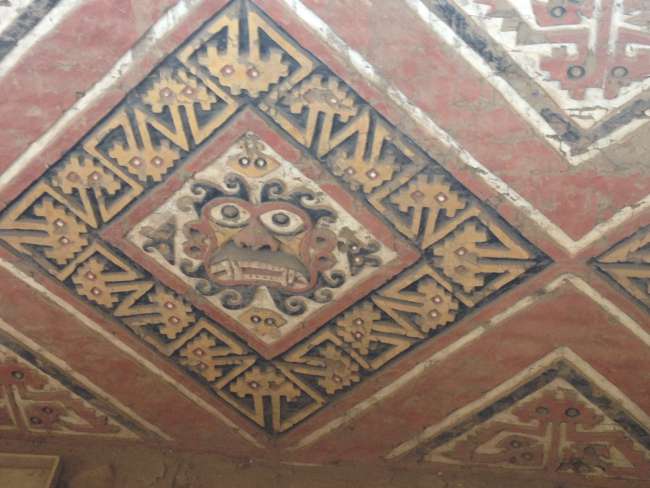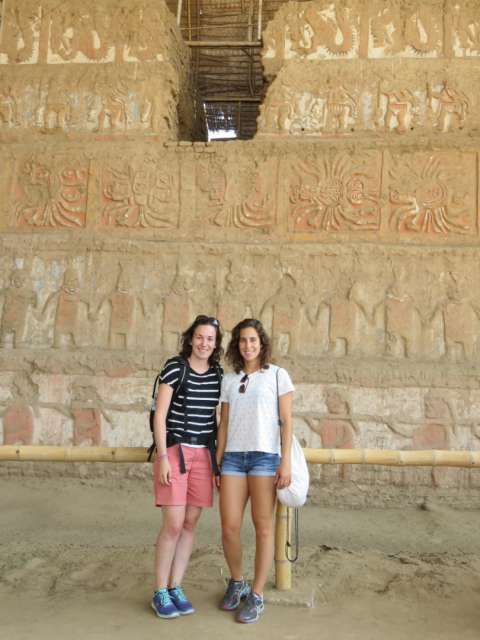Lifestyle of Peru
منتشر شده: 10.10.2016
مشترک شدن در خبرنامه
Actually, I was supposed to start at the hospital on Monday morning, but here in Peru there is no stress. To get used to the new environment and recover a little, Kevin, the organizer of my program, suggested going to Huanchaco. Huanchaco is a village about 30 minutes from Trujillo and right on the beach. There are still many fishermen who fish in the traditional way with a straw canoe. But it has become quite a touristy place with many hotels, restaurants, and stalls selling handmade souvenirs.
In the afternoon, the Spanish lessons started with a placement test. Four subjects are taught: Medical Spanish, grammar, vocabulary, and conversation. Apart from conversation, there are only three of us in the class, so we can benefit well. In medical Spanish, we not only learn the language, but also the healthcare system, medical education, and many stories from the hospital. It is extremely interesting and sometimes quite disturbing, so completely different from what I am used to.
Third day in Peru and also the first morning at the hospital. Dr. Gabaillero is, as the name promises, a gentleman. He warmly welcomed me and introduced me to his entire staff, including students. Unfortunately, my Spanish skills are not yet enough to understand everything or even work, but I can be present everywhere and learn more day by day. I had to get used to the conditions first, because everything looks somehow old and dirty and takes a little longer than usual.
Patience was also required with my luggage. Until Thursday, no one knew where my backpack was. We called Air Europa every day, filled out forms, sent emails, SMS, and even a fax. But there was no response. Then on Friday, the relieving call suddenly came that the luggage was in Lima and should arrive in Trujillo on Saturday afternoon. Unfortunately, the trip to the airport on Saturday was already booked, because the backpack did not arrive. Another attempt on Sunday morning finally brought the ultimate relief. I have my luggage!!!
In her first week, Carole had the choice of whether she wanted to start with the language school or participate in a cultural week. She chose the latter and was able to learn a lot about the history of Peru. The region around Chiclayo has a variety of archaeological sites from earlier cultures. This includes the Museo Tumbas Reales de Sipán, which looks like a pyramid from the outside. Inside, you can admire impressive jewelry, burial objects, and human remains of the rulers of the Moche culture, which were found during the excavation of a pyramid nearby. You also learn a lot of interesting things about this ancient culture.
On another day of the cultural week, they visited the Bosque de Pomac, a dry forest with sand and dust and only very well-adapted plants and animals. But the highlight of this day was actually the return trip to Pimentel-Chiclayo. First, they rode in a 'mototaxi', which is a motorcycle with a wide rear axle on which passengers can sit on a padded seat. Then they were able to ride on the flatbed of a pickup truck and enjoy the breeze and the sun. In general, the traffic was one of the most impressive things this week. There is no public transportation by bus or train, as we know it in Switzerland. Instead, there are so-called 'combis'. These are minibusses for about 15 people that leave as soon as some people have boarded. A half-hour ride costs about 50 cents. They go from A to B, but stop everywhere in between where someone wants to get on or off. For this reason, more or less someone sticks their head out of the window and shouts the destination of the ride to fill the combi with more passengers.
On the road, there is the supposed chaos or at least no rules that all road users adhere to. It seems that the one who honks the loudest and most often has the right of way. Therefore, it is all the more astonishing that it somehow always works.
Both of us then spent the first weekend together in Trujillo. Our program was a day in Huanchaco with beach and Trujillo sightseeing and a day trip to the ruins of Trujillo. The ruins can be divided into two periods. The Huaca del Sol y de la Luna were built by the Moche between 300 and 800 years after Christ and are located in the north of Peru. Chan Chan is located in the south of Peru near the sea and belonged to the culture of the Chimú. They lived around 1300. Since the tour was in Spanish, we were also able to improve our language skills.
مشترک شدن در خبرنامه
پاسخ (1)
Marc
Das Lieblingswort der Lateinamerikaner: manana 😉😉😉
گزارش سفر پرو

